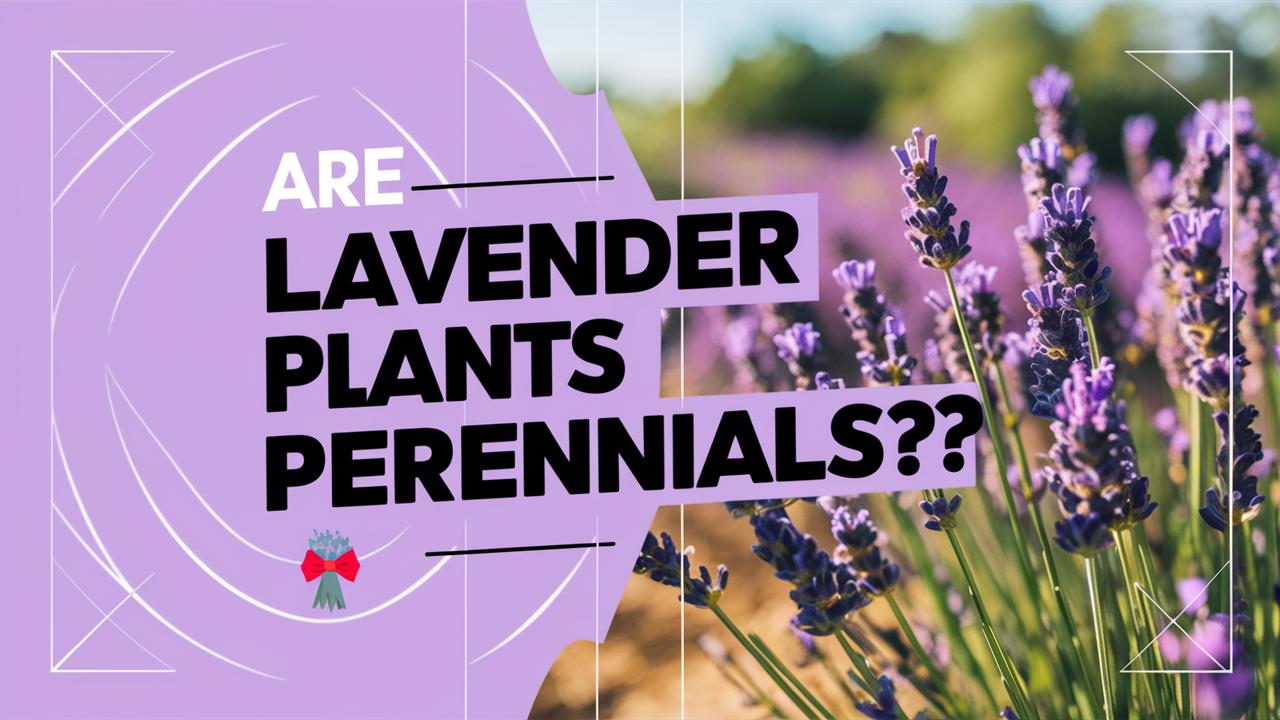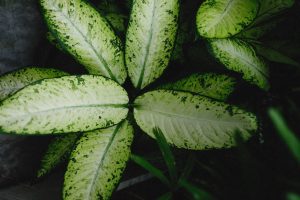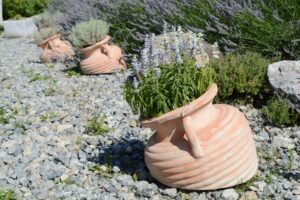In this guide, we will dig into the life cycle of lavender plants, discussing their perennial nature, cultivation tips, and various species, all while ensuring a lively and engaging read.
Understanding Perennials: A Brief Overview
Before diving into the specifics of lavender, it is important to understand what a perennial plant is. Perennials are plants that live for more than two years, returning year after year. Unlike annuals, which complete their life cycle within a single growing season, or biennials, which take two years to mature, perennials focus on establishing strong root systems and often go dormant during unfavorable seasons.
The longevity of perennials varies, with some living for just a few years, while others, like certain species of lavender, can thrive for decades with the right care.
Lavender: An Overview
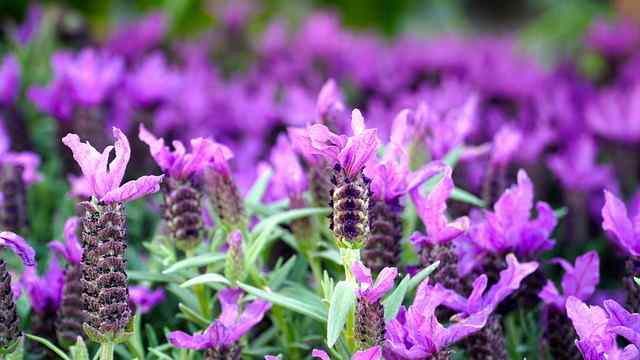
Lavender is not just one species but encompasses several, each offering unique characteristics. The most commonly cultivated types include:
English Lavender (Lavandula angustifolia): Renowned for its sweet fragrance, this variety is the hardiest and typically blooms in late spring to early summer.
French Lavender (Lavandula stoechas): With its distinctive rabbit-eared flower spikes, French lavender has a shorter life span and thrives in warmer climates.
Spanish Lavender (Lavandula latifolia): Similar to French lavender but with broader leaves, this type is often used for its essential oils.
Lavandin (Lavandula x intermedia): A hybrid of English and Portuguese lavenders, lavandin is known for its high oil content, making it popular in the perfume industry.
Understanding these various species is crucial in determining their perennial qualities in different climates and conditions.
Are Lavender Plants Perennials?
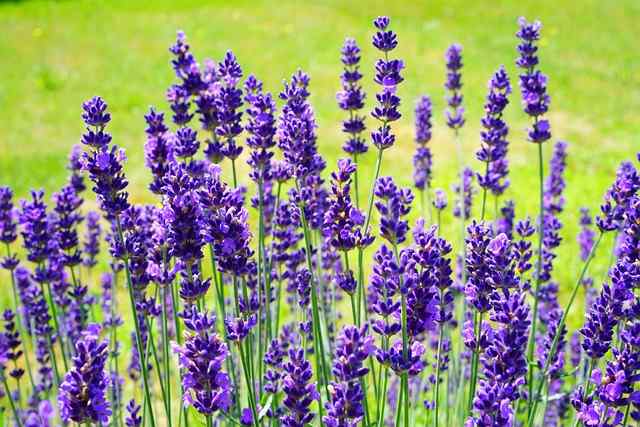
To answer the question directly, yes, most lavender plants are perennials, particularly English lavender. However, their classification as perennials can depend on several factors, including the specific species, local climate, soil conditions, and care provided.
Factors Affecting Perennial Status
Climate: Perennial behavior is often climate-dependent. English lavender, for example, thrives in USDA zones 5 to 9. In regions beyond these zones, lavender plants may struggle with extreme temperatures, leading to their demise.
Soil Conditions: Lavender prefers well-drained, sandy, or gravelly soils with a neutral to slightly alkaline pH. Heavy or constantly moist soils may lead to root rot, significantly impacting the plant’s lifespan.
Care and Maintenance: Proper pruning, watering, and fertilization practices can enhance the longevity of lavender. Neglecting these care requirements can shorten their lifespan and lead to death or poor yields.
Longevity of Lavender Plants
While lavender can be classified as a perennial, it’s essential to note that not all lavender plants will survive indefinitely. With proper care, English lavender and some lavandins might live for up to 15 years or more. In contrast, other varieties, especially those not suited to colder weather, might only survive a few years.
The longevity of lavender also depends on how well growers understand their specific needs and environmental conditions.
Cultivating Lavender: Best Practices for Perennial Success
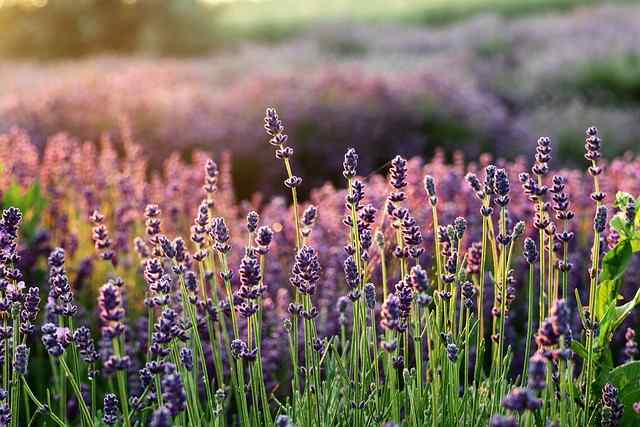
If you’re looking to grow lavender successfully and ensure its status as a perennial in your garden, consider the following best practices:
Choosing the Right Variety
Selecting the right lavender species based on your local climate is paramount. If you live in a cooler area, opt for English lavender. For warmer climates, French or Spanish varieties may be preferable.
Soil Preparation
Preparing the soil is crucial for lavender growth. Lavender requires excellent drainage, so consider amending heavy soils with sand or gravel. Additionally, conducting a soil test can help determine the pH and nutrient composition, suggesting any amendments needed to create the perfect environment.
Watering Wisely
Lavender is drought-tolerant once established and prefers to be on the drier side. Overwatering can lead to root rot, particularly in clayey soils. During the initial establishment period, water your lavender sparingly and allow the soil to dry out completely between watering sessions. Once established, lavender often thrives with little to no additional watering, relying on rainfall for sustenance.
Pruning and Maintenance
Pruning is essential for maintaining the shape and health of lavender plants. Regular trimming encourages bushiness and air circulation, reducing the risk of disease. Deadheading spent blooms will also promote a longer flowering period.
Typically, pruning should occur after flowering, cutting back about one-third of the plant. Avoid cutting into the woody stems, as this can result in poor regrowth.
Fertilization Needs
Lavender does not require heavy fertilization. In fact, excessive nitrogen can harm the plant. A light application of balanced fertilizer in early spring can help, but often the best practice is to forego fertilizers altogether once the plants are established.
Pest and Disease Management
Lavender is generally resistant to pests and diseases, but it’s not entirely immune. Keep an eye out for aphids, spittlebugs, and fungal issues. Address any problems early with organic solutions, such as insecticidal soap for pests and improving airflow to mitigate fungal risks.
Harvesting Lavender: Tips for Enjoying Your Perennial
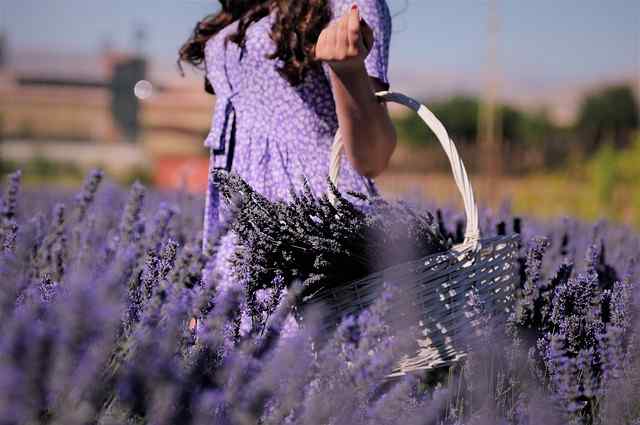
Once your lavender plants are healthy, it’s time to enjoy the fruits of your labor! Harvesting lavender not only provides beautiful blooms to use in various applications but also promotes the plant’s overall health.
When to Harvest
The best time to harvest lavender is when the buds are just beginning to open. This ensures maximum fragrance and oil content. Early morning is the ideal time for harvesting, as the plants are still hydrated and will retain their freshness longer.
How to Harvest
Using sharp shears, cut the stems at their base, ideally leaving about two inches of foliage for healthy regrowth. If you’re planning to dry the flowers, gather them into small bundles and hang them upside down in a dark, cool place. This method helps preserve the color and fragrance.
The Benefits of Having Lavender Plants in Your Garden
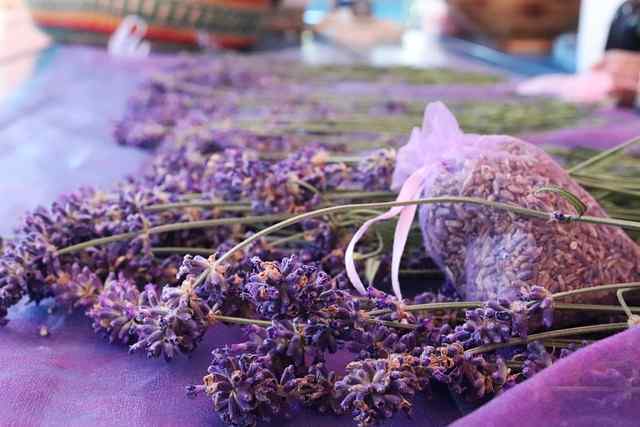
Cultivating lavender has numerous benefits, both practical and aesthetic. Here are just a few compelling reasons to grow this perennial favorite in your garden:
Aromatherapy and Relaxation
The calming aroma that emanates from lavender is widely recognized for its therapeutic properties. Individuals often use lavender essential oils in aromatherapy to reduce anxiety, improve sleep quality, and enhance overall well-being.
Culinary Uses
Lavender’s culinary applications are diverse. From flavoring desserts to infusing oils and vinegars, the delicate, floral taste of lavender can elevate many dishes. The culinary varieties, particularly English lavender, are excellent for cooking, but always be sure to use culinary-grade lavender.
Pollinator Friendly
Lavender is a magnet for bees and butterflies, making it an excellent addition to pollinator gardens. Its long blooming period means that it provides sustenance for these crucial insects throughout the growing season.
Landscape Aesthetics
The vibrant hues of lavender add visual interest to garden landscapes. Its compact growing habit means it can be used as a border plant, in pots, or even as a centerpiece in floral arrangements.
Drought Resistance
Lavender’s drought tolerance makes it an eco-friendly option for gardens, especially in areas prone to dry conditions. By selecting drought-resistant plants like lavender, you can conserve water while enjoying a stunning and fragrant garden.
Common Misconceptions About Lavender
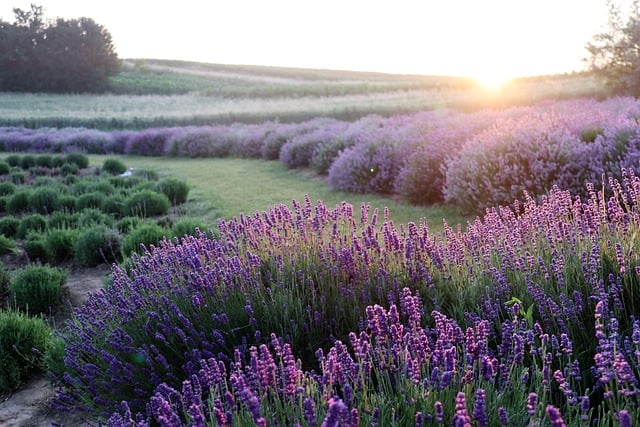
As with any popular plant, several misconceptions surround lavender. Understanding these can help gardeners cultivate their plants more effectively:
Lavender Needs Plenty of Water: A common myth is that lavender requires regular watering. In truth, lavender prefers well-drained soil and can thrive with minimal water once established.
Every Lavender is the Same: Many people think that all lavender species have identical qualities. Each variety has unique characteristics, with specific growing requirements and uses.
Lavender is Hard to Grow: While lavender does have particular needs, it is not inherently difficult to grow. With the right conditions and care, even novice gardeners can successfully cultivate lavender in their gardens.
Troubleshooting Common Lavender Growing Challenges
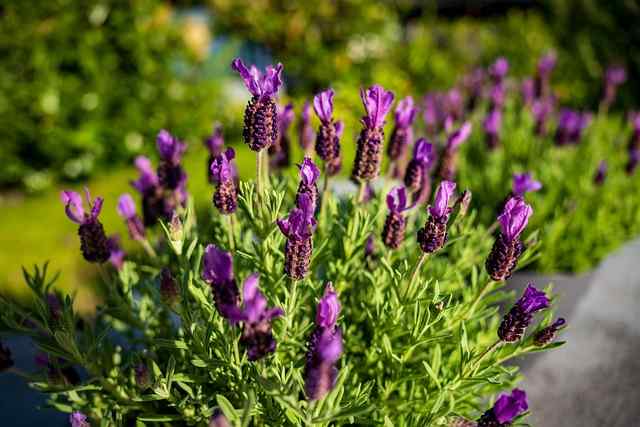
Gardeners might face difficulties when growing lavender, but many common challenges can be managed with the right strategies.
Overwatering and Root Rot
As mentioned earlier, lavender does not enjoy excessive moisture. If you notice yellowing leaves or wilting despite adequate watering, consider whether you are overwatering. Ensure that the soil is well-drained, and allow it to dry out before the next watering.
Poor Flowering
If your lavender plants are not blooming, assess your growing conditions. Factors such as inadequate sunlight, poor soil quality, or excess nitrogen can affect flowering. Ensure that lavender receives at least six to eight hours of direct sunlight daily and that you are using the right kind of fertilizer.
Winter Damage
In colder climates, winter damage can be a concern. Protect your lavender during the winter months by applying a layer of mulch around the base, which can insulate the roots while allowing moisture to escape. In particularly harsh climates, consider covering plants with burlap or frost cloth.
Conclusion: Perennial Delight in Your Garden
In summary, lavender plants are indeed perennials, but their longevity and success depend on various factors, including the species, climate, soil conditions, and care practices. With appropriate selections and expert cultivation techniques, you can ensure that your lavender thrives and continues to provide beauty and fragrance for years to come.


